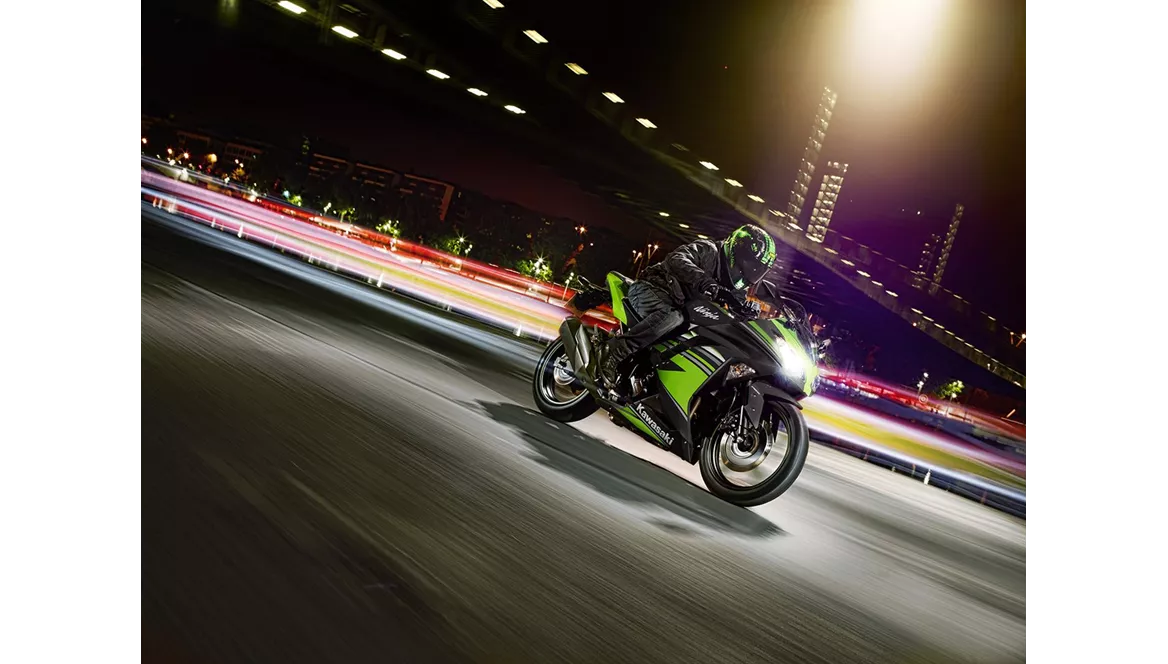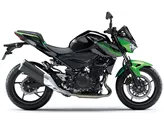Kawasaki Ninja 300 2016 vs. Kawasaki Ninja 400 2018

Kawasaki Ninja 300 2016

Kawasaki Ninja 400 2018
Loading...
Overview - Kawasaki Ninja 300 2016 vs Kawasaki Ninja 400 2018

Kawasaki Ninja 300 2016

Kawasaki Ninja 400 2018
Technical Specifications Kawasaki Ninja 300 2016 compared to Kawasaki Ninja 400 2018
Pros and Cons in comparison
Pros and Cons in comparison
Kawasaki Ninja 300 2016

Unfortunately, our editors did not test this model.
Kawasaki Ninja 400 2018

In summary, the Ninja 400 could be described as the perfect entry into the supersport world. You can't get more power with A2, the looks suggest much more power, the vehicle is playful to ride, is forgiving in every respect and still allows a really sporty riding style. Those who had legitimate concerns about the lack of power on the various 250 cubic machines now have no more excuses. Ninja 400, it's good to have you!
Price Comparison Avarage Market Price Kawasaki Ninja 300 vs Kawasaki Ninja 400
Price Kawasaki Ninja 300
Model year
Current average market prices
Price Kawasaki Ninja 400
Model year
Current average market prices






























